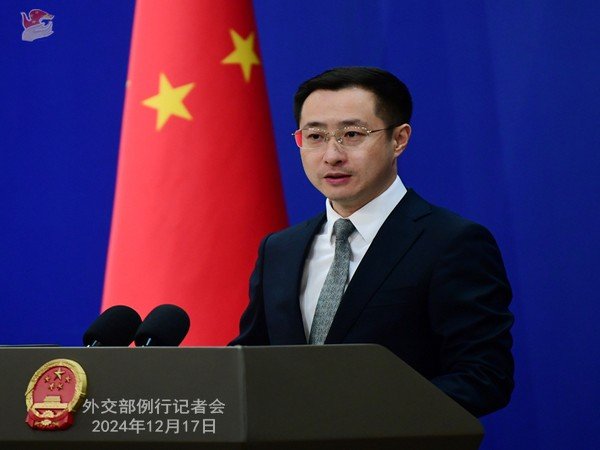In order to detect and remove Chinese-origin components from military equipment and to evaluate supply chain vulnerabilities, the Indian Ministry of Defense is planning to initiate a thorough examination of military acquisition.
This program is a component of larger 2025 changes meant to improve national security and encourage independence in defense production.
Recent investigations have shown that certain corporations may still be sourcing components from China, sometimes passing them through third nations to hide their origin, despite the stringent regulations that currently forbid the use of Chinese parts in military systems.
This is especially problematic in delicate areas where there is a high chance of concealed weaknesses, such drones and anti-drone systems.
The ministry intends to designate an outside organization with experience in cost and data analysis to solve these issues.
Growing concerns about suppliers overstating indigenous content—with crucial components sometimes traceable back to China—have also prompted the investigation. Reiterating the goal of removing Chinese components from suppliers, the Army Design Bureau has emphasized the necessity of lowering reliance on foreign sources for security-related reasons.
Under the “Make in India” campaign, the Army is aggressively seeking out and assisting Indian businesses that can produce essential components in the country.
The ministry has tightened surveillance of vendors suspected of using Chinese parts and accelerated procurement procedures, particularly for frontline forces, since Operation Sindoor.
Citing national security concerns, the ministry even canceled drone purchase contracts in February after finding Chinese components. Officials anticipate that additional defense hardware will be subjected to thorough scrutiny as part of the new review in order to guarantee adherence to security regulations.
In order to protect India’s defense ecosystem from potential security risks and hidden foreign dependencies, a strategic move towards more indigenization, supply chain transparency, and resilience is reflected in this extensive audit and reform initiative.
in defense gear, with an emphasis on confirming each component’s actual place of origin.
to pinpoint areas of susceptibility and dependence on outside sources, particularly Chinese ones.
and technology transfer procedures to guarantee openness and avoid later, exorbitant pricing.
… looking at situations where private companies might have underestimated development costs, which could have resulted in exorbitant end-user costs.

